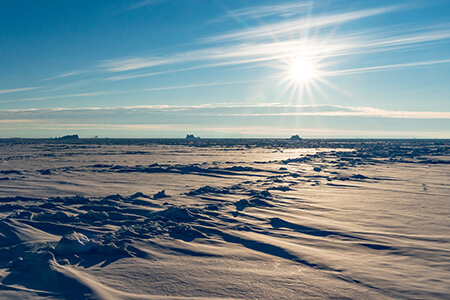3 | Day Length and Latitude
Day Length and Latitude
- Latitude is a measure of distance from the equator – the greater the latitude, the further the distance from the equator.
- Latitude values range from 0° at the equator to 90° at the poles.
- Latitude values are always given with an ‘N‘ to represent north of the equator, or an ‘S‘ to represent south of the equator.
- The further away from the equator an area is, the greater the difference between day length and night length at any point during the year.
- For example, polar regions always have a greater difference between day and night than the tropics.
- As the Earth orbits the sun, the amount of daylight an area receives changes.
- The further away from the equator an area is, the greater the difference in daylight hours throughout the year.
- For example, while the length of day and night does not vary at the equator, the north and south poles experience six months of daylight followed by six months of darkness.

Regions that are further from the equator will experience greater differences in day length throughout the year.
For polar regions, the sun never sets in summer and never rises in winter.
(Image: Peter Kaple, Adobe Stock)

